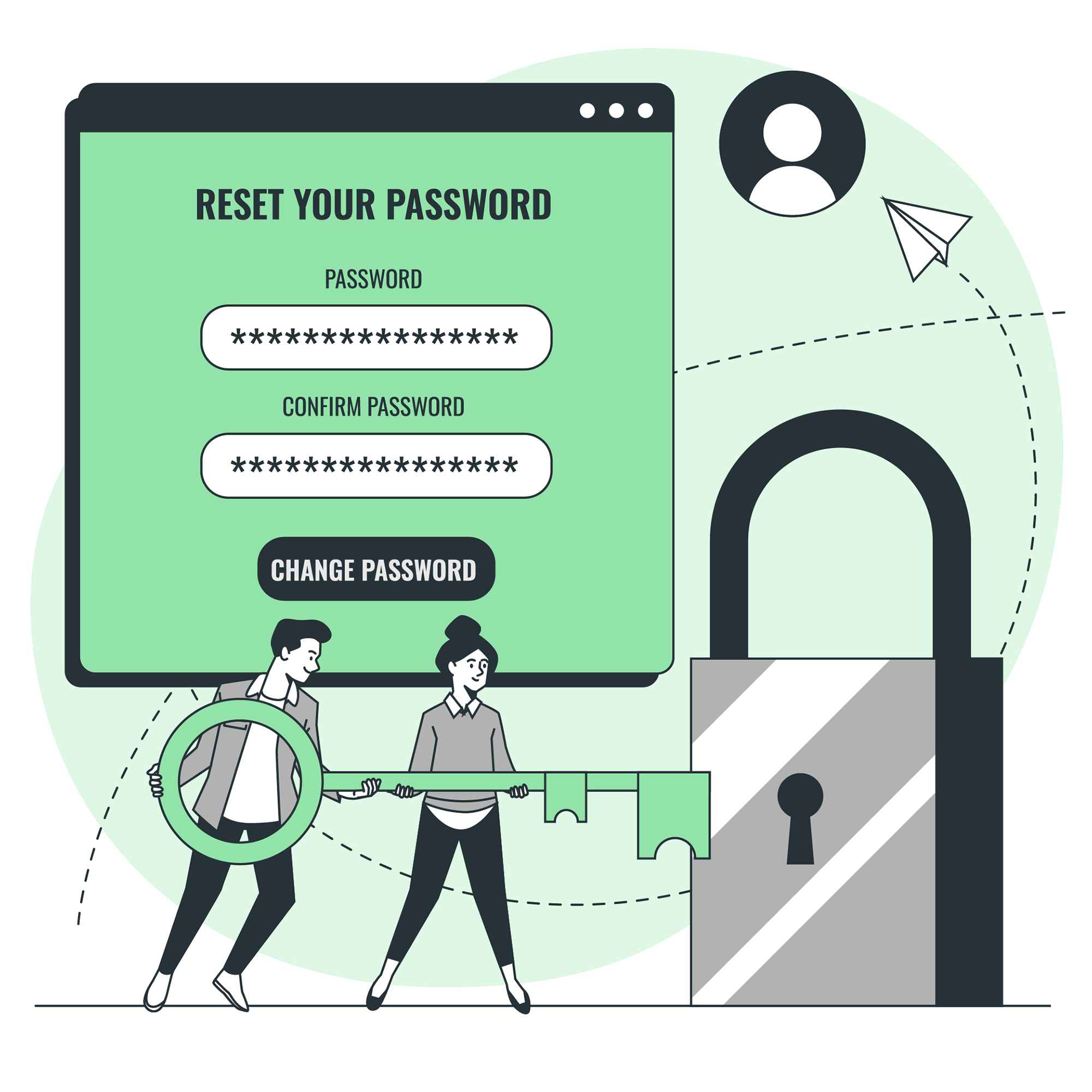Introduction To Web Authentication Protocols
Authentication is an essential part of online security and privacy. It is the process of verifying the identity of a user or a device. Web authentication involves validating the identity of a user or a device who is attempting to access a website, application, or online service. Authentication protocols are the standards and guidelines that govern the authentication process. In this article, we will look at some of the most popular web authentication protocols used today.
What is Web Authentication?
Web authentication is a process that verifies the identity of a user or a device when they try to access a website, application, or online service. Authentication is essential to protect user accounts, sensitive data, and online systems from unauthorized access. It also helps to ensure that the user is who they claim to be. Web authentication typically involves the use of a username and password, but other methods such as two-factor authentication (2FA) and biometric authentication are also gaining popularity.
Why is Web Authentication Necessary?
Web authentication is necessary for several reasons. It helps to protect user accounts from unauthorized access, which is especially important in the case of online banking and other financial services. It also helps to protect sensitive data from being accessed by unauthorized users, which is essential for the security of online systems and services. Additionally, web authentication helps to ensure that the user is who they claim to be, which is essential for the privacy and safety of online users.
Popular Web Authentication Protocols
There are several popular web authentication protocols used today, including Open Authentication (OAuth), Security Assertion Markup Language (SAML), Extensible Authentication Protocol (EAP), Kerberos, Transport Layer Security (TLS), and Secure Sockets Layer (SSL). These protocols are typically used for different purposes, and each one has its own strengths and weaknesses.
Open Authentication (OAuth)
Open Authentication (OAuth) is a protocol that enables users to securely access online services without having to share their passwords. OAuth supports single sign-on (SSO) and two-factor authentication (2FA) for extra security. It is commonly used for social media logins and other authentication scenarios.
Security Assertion Markup Language (SAML)
Security Assertion Markup Language (SAML) is an XML-based protocol that is used to authenticate users and devices. SAML is commonly used in corporate environments for single sign-on (SSO) and multi-factor authentication (MFA). It is also used to securely exchange authentication and authorization data between different systems.
Extensible Authentication Protocol (EAP)
Extensible Authentication Protocol (EAP) is a protocol that is used to securely authenticate users and devices. EAP is commonly used in wireless networks and VPNs, and it supports a variety of authentication methods such as passwords, tokens, certificates, and biometrics.
Kerberos
Kerberos is a network authentication protocol that is used to securely authenticate users and devices. It is a widely used protocol in corporate networks, and it supports single sign-on (SSO) and two-factor authentication (2FA).
Transport Layer Security (TLS)
Transport Layer Security (TLS) is a cryptographic protocol that is used to securely transmit data over the internet. TLS is commonly used in web browsers and other applications to ensure that the data sent and received is encrypted and secure.
Secure Sockets Layer (SSL)
Secure Sockets Layer (SSL) is a cryptographic protocol that is used to securely transmit data over the internet. SSL is commonly used in web browsers and other applications to ensure that the data sent and received is encrypted and secure.
Taking Advantage of Web Authentication
Web authentication protocols are essential for the security and privacy of online users. They help to protect user accounts and sensitive data from unauthorized access, and they help to ensure that the user is who they claim to be. Organizations should take advantage of these protocols to ensure that their online systems are secure and private.
Summing up Authenticating the Web: Understanding Protocols for Security
Web authentication protocols are an essential part of online security and privacy. They help to protect user accounts and sensitive data from unauthorized access, and they help to ensure that the user is who they claim to be. Popular web authentication protocols include Open Authentication (OAuth), Security Assertion Markup Language (SAML), Extensible Authentication Protocol (EAP), Kerberos, Transport Layer Security (TLS) and Secure Sockets Layer (SSL). Organizations should take advantage of these protocols to ensure that their online systems are secure and private.




![Crafting Unforgettable Passwords: A Guide for Developers A string of random characters typically has higher entropy compared to a few common words due to the vast number of possible combinations. For example, a 10-character lowercase password has roughly the same entropy as a 4-word passphrase picked from a 5000-word dictionary [5].](https://passwordclinic.com/wp-content/uploads/2024/06/automation-section-3-150x150.webp)





![A string of random characters typically has higher entropy compared to a few common words due to the vast number of possible combinations. For example, a 10-character lowercase password has roughly the same entropy as a 4-word passphrase picked from a 5000-word dictionary [5].](https://passwordclinic.com/wp-content/uploads/2024/06/automation-section-3.webp)

